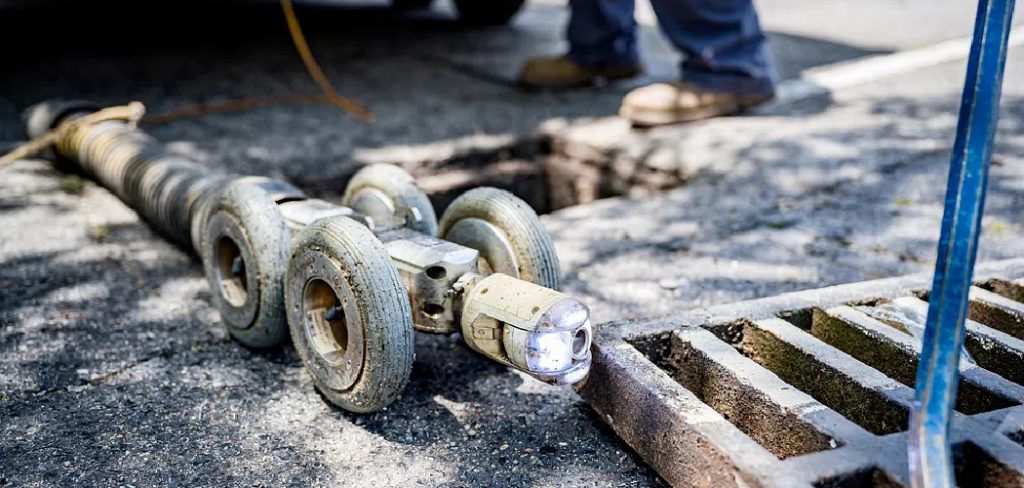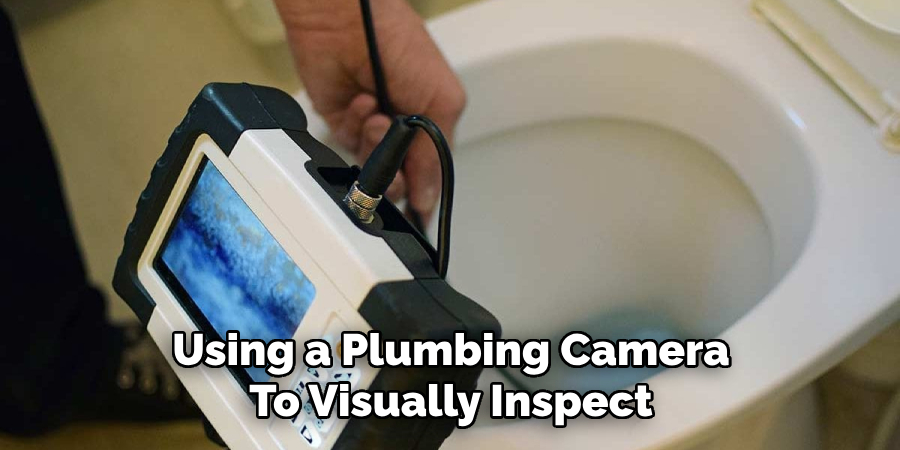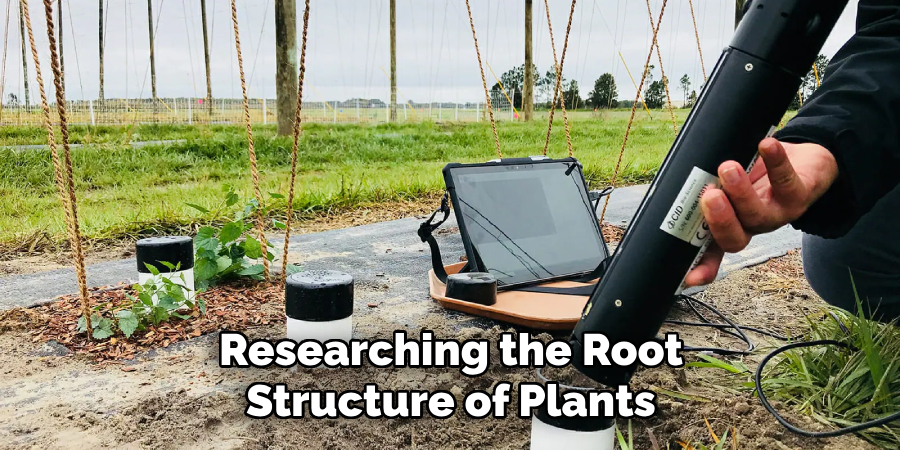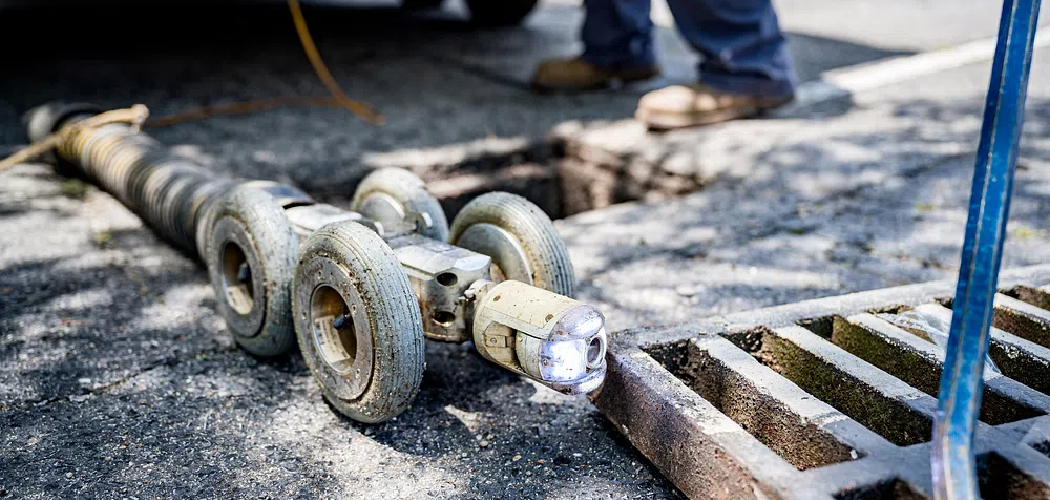Maintaining a clear and unobstructed sewer line is essential for ensuring the smooth operation of your home’s plumbing system. A clogged sewer line can lead to significant inconvenience, costly repairs, and even health hazards due to wastewater backups. Understanding the common causes of sewer line clogs and implementing preventive measures can help you avoid these issues.

This guide on how to keep your main sewer line from clogging will provide you with practical tips and strategies to keep your main sewer line functioning efficiently, ultimately saving you time, money, and stress.
Why Does Your Main Sewer Line Get Clogged?
Several factors can contribute to a clogged main sewer line. Some of the most common causes include:
- Accumulation of debris, such as hair, grease, and food particles
- Intrusion of tree roots into the sewer pipes
- Aging or deteriorating pipes
- Flushing inappropriate items down the toilet, such as paper towels, wipes, and feminine hygiene products
In addition to these primary causes, there may be other underlying issues that can lead to a clogged sewer line. These could include problems with your home’s plumbing design or improper installation of the sewer system.
By understanding the root causes of a clogged main sewer line, you can take proactive steps to prevent them from occurring.
8 Step-by-step Guidelines on How to Keep Your Main Sewer Line From Clogging
Step 1: Regularly Inspect Your Sewer Line
One of the most effective ways to prevent clogs in your main sewer line is to conduct regular inspections. This involves checking the accessible parts of your plumbing system for signs of wear and tear or any blockages. Look for small leaks, corrosion, or any unusual changes in water flow. If you have the tools and expertise, consider using a plumbing camera to visually inspect the inside of your pipes for accumulated debris or tree root intrusion.

If you notice any issues during your inspection, addressing them promptly can help prevent more significant problems down the road. Additionally, scheduling a professional sewer line inspection every few years can provide further peace of mind and ensure your plumbing system remains in optimal condition.
Step 2: Dispose of Waste Responsibly
One of the primary causes of a clogged sewer line is the flushing down of inappropriate items. To prevent this, ensure you and your family dispose of waste responsibly by only flushing toilet paper and human waste down the toilet. It’s best to avoid using products like wipes, tampons, or paper towels in the restroom as these items do not disintegrate easily and can cause blockages.
In the kitchen, always scrape scraps and leftover food into the trash instead of putting them down the sink drain. Grease should also be disposed of properly. Pouring it down the drain can lead to buildup, causing clogs over time. Instead, collect cooled grease in a jar and throw it away with your regular trash.
Step 3: Install Drain Strainers
Installing drain strainers in your sinks, shower, and bathtub is a simple yet effective way to prevent debris from entering your main sewer line. These strainers act as filters, catching hair, food particles, and other debris before they can make their way into the plumbing system.
Make it a habit to clean the strainers regularly to avoid buildup, and consider using mesh strainers for maximum effectiveness. By taking this proactive step, you can significantly reduce the risk of clogs and extend the life of your sewer lines.
Step 4: Avoid Planting Trees Near Sewer Lines
Preventing issues with tree roots is critical to maintaining a clear main sewer line. When planting trees or shrubs, it’s essential to consider their proximity to your sewer lines. Many tree species have extensive root systems that can invade underground pipes, leading to clogs and potential damage. To avoid this, maintain a safe distance between your sewer lines and any new plantings.
As a general rule, larger trees should be planted at least 10-15 feet away from sewer lines, while smaller plants can be placed a bit closer. Additionally, researching the root structure of plants before planting can give you insight into the potential impact on your sewer system. Taking these precautions can help prevent costly damage and keep your main sewer line clear.

Step 5: Keep Storm Drains Clear
Maintaining clear storm drains is vital for preventing water from pooling and causing water damage to your property, which can lead to further complications in your sewer system. Regularly inspect your storm drains, especially after heavy rainfall or storms, to ensure they are free of debris such as leaves, mud, and litter. Blocked storm drains can cause excess water to back up into your yard or enter your main sewer line, potentially leading to clogs.
To keep drains clear, use a rake or hand tools to remove any visible debris and consider installing protective grates or covers to prevent larger items from entering the drain system. By taking these proactive measures, you can help ensure that excess water is effectively managed, reducing the risk of sewer line issues.
Step 6: Schedule Regular Sewer Maintenance
Regular maintenance of your sewer system is crucial to keeping it in top condition. Consider scheduling routine inspections and cleaning with a professional plumber every few years.
They can identify any potential issues early on and take corrective action to prevent clogs or damage from occurring. Additionally, they can use specialized equipment, such as hydro-jetting, to clear out any buildup in the pipes and keep them functioning smoothly.
Step 7: Be Mindful of Your Water Usage
Using excessive water can put added strain on your main sewer line, making it more susceptible to clogging. Simple steps like fixing leaky faucets and using low-flow toilets and showerheads can help reduce your water usage and lessen the strain on your plumbing system.

Additionally, avoid running multiple large appliances that require a lot of water, such as dishwashers or washing machines, at the same time. This can cause an overload on your sewer line and increase the risk of clogs.
Step 8: Educate Your Household
Lastly, educating your household on proper waste disposal practices is crucial in preventing clogs in your main sewer line. Teach everyone in the house what items are safe to flush down the toilet and which ones should go in the trash. Explain the potential consequences of improper waste disposal and how it can affect not only your plumbing but also the environment. By creating a shared understanding and responsibility, you can work together to maintain a healthy plumbing system and avoid costly repairs.
Following these steps on how to keep your main sewer line from clogging can help prevent clogs and maintain the wellness of your main sewer line. By taking a proactive approach, you can save yourself time, money, and stress in the long run and ensure that your plumbing system runs smoothly for years to come.
Remember, a little preventative care goes a long way in preserving the integrity and functionality of your main sewer line. So, be mindful of what goes down your drains, keep an eye on potential issues, and schedule regular maintenance to keep your plumbing running smoothly.
Tips for Preventing a Clogged Main Sewer Line
Here are some practical tips and strategies that can help you maintain a clear and unobstructed main sewer line:
Be Mindful of What You Flush:
To avoid clogging your main sewer line, only flush human waste and toilet paper down the toilet. Do not flush any other items, even if they are labeled as “flushable.” Items like wipes, paper towels, and feminine hygiene products do not break down easily and can cause clogs in your sewer line.
Properly Dispose of Grease and Food Waste:
Grease and food particles should never be washed down the kitchen sink. Instead, scrape off excess grease and food waste into the trash before washing dishes or using the garbage disposal. This will prevent it from accumulating in your pipes and causing clogs.

Install a Drain Strainer:
To avoid hair buildup in shower drains, install a drain strainer that catches hair before it enters the pipes. This simple tool can greatly reduce the amount of debris that ends up in your main sewer line.
Schedule Regular Inspections:
Regular inspections by a professional plumber can help identify any potential issues with your main sewer line before they become major problems. They can also provide necessary maintenance, such as hydrojetting, to keep your sewer line clear and functioning properly.
Consider Tree Root Barriers:
If you have trees near your home, consider installing root barriers around your main sewer line. These barriers prevent tree roots from intruding into the pipes and causing clogs.
Conclusion
In conclusion, maintaining a clear and functional main sewer line is essential for the overall health of your plumbing system and your home. By implementing the strategies outlined in this document on how to keep your main sewer line from clogging—ranging from mindful waste disposal and regular maintenance to educating your household—you can significantly reduce the risk of clogs and costly repairs.
Remember, the key to a well-functioning sewer system lies in prevention. Staying vigilant and proactive will not only save you time, money, and stress but also ensure your plumbing operates smoothly for years to come. Embrace these practices as part of your routine home maintenance, and enjoy the peace of mind that comes with a healthy sewer line.

